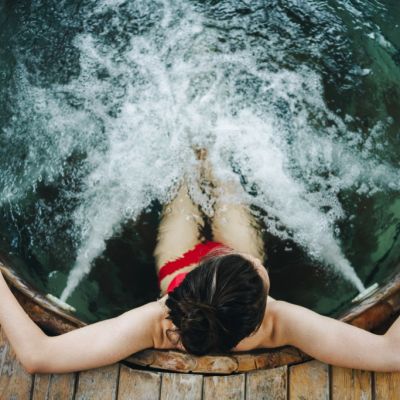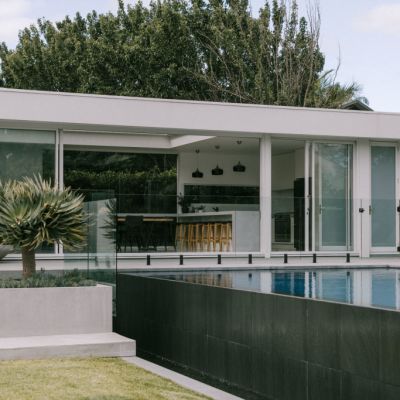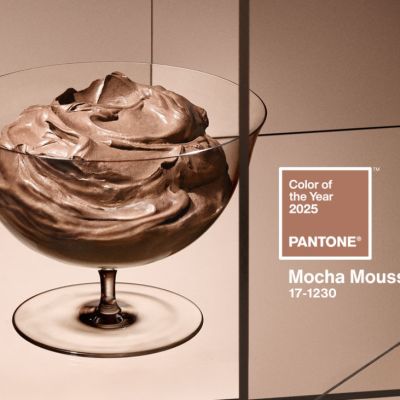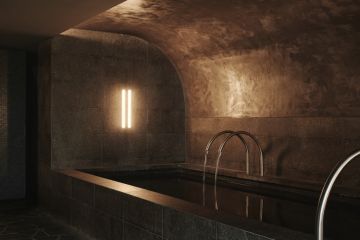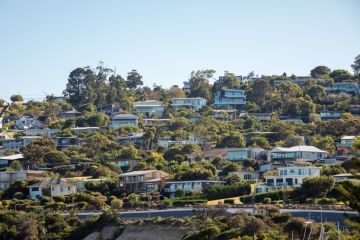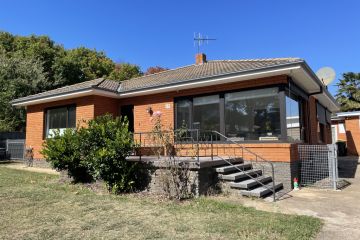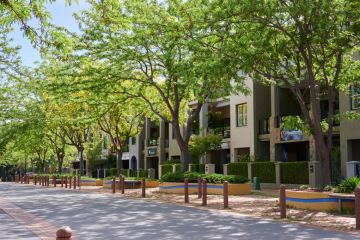Outdoor design trends for 2025: Experts share what to expect
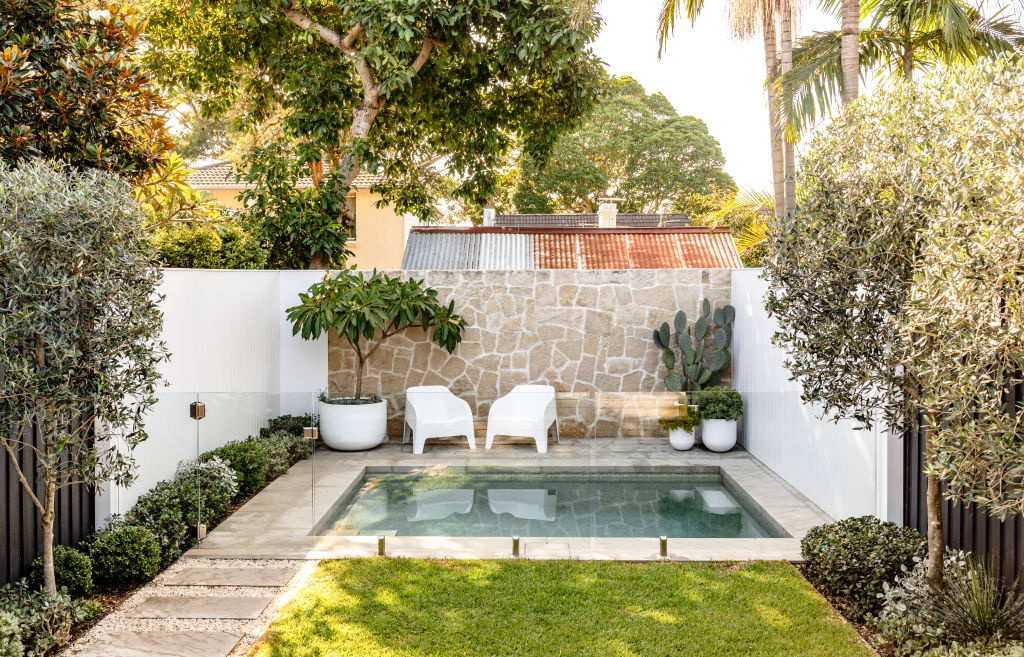
If you’re looking to revitalise an outdoor area of your home this year, it’s helpful to know emerging and popular design trends.
As we slide into 2025, landscape designers say there will be an ongoing interest in luxury, sanctuary and wellbeing, as well as the evolution of trends such as Mediterranean elements and plunge pools.
Wellness facilities appearing in our backyards
Rather than making the trip to an out-of-home gym or spa, more people are valuing such spaces in the comfort of their own home.
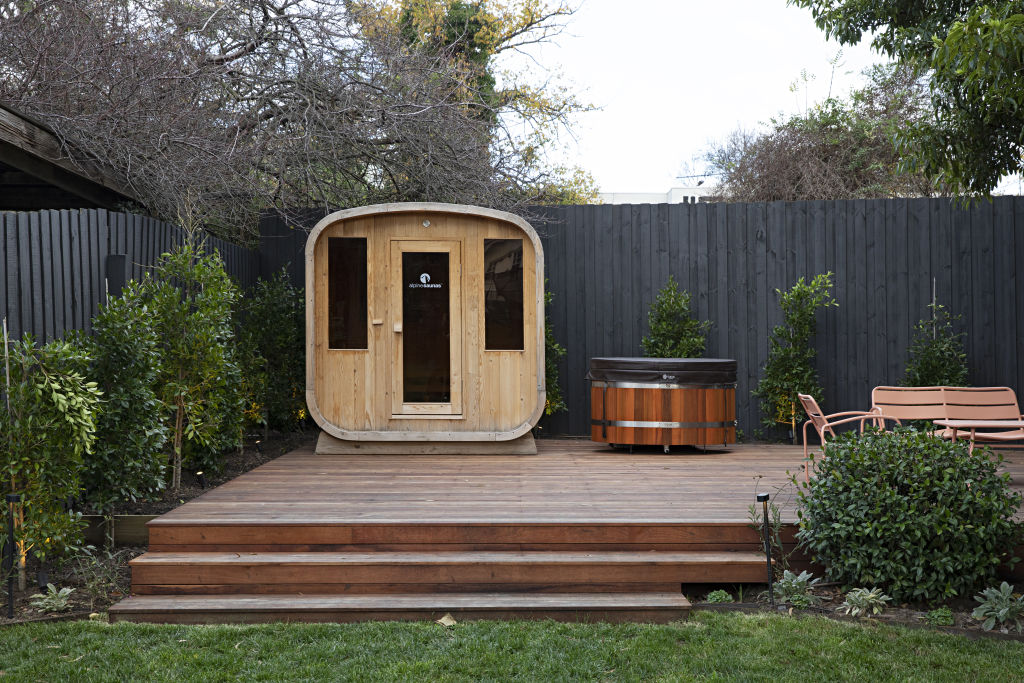
“Definitely that wellness aspect is on trend,” says Sam Snaith, director and head landscape designer of Sydney’s Harrisons Landscaping.
He says there is “quite a strong surge” towards amenities such as outdoor saunas (infrared, traditional or steam) and pre-fabricated ice baths that look like hot tubs and can be heated if desired.
Snaith says younger clients in particular are requesting exercise zones in their gardens to accommodate high-intensity workouts. These are artfully hidden behind vegetation or elements such as hardwood baton screens.
Outdoor fireplaces surpass fire pits
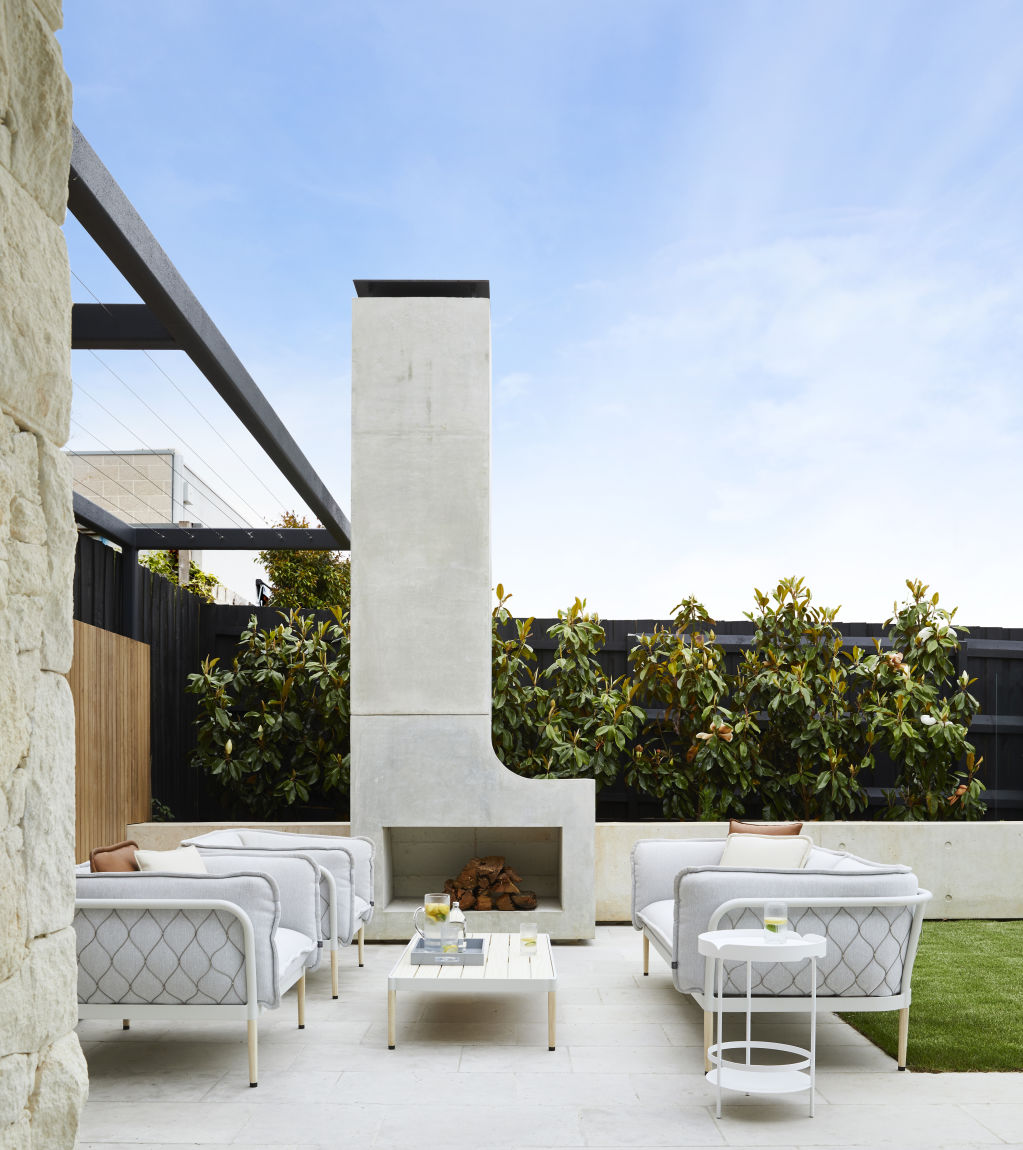
While fire pits have found favour in the past couple of years and still have their place, Nathan Burkett of Nathan Burkett Landscape Architecture in Melbourne says his team is now installing many outdoor fireplaces.
“I just recently put one in my own house after using fire pits for years,” he says.
Enclosed fireplaces offer a hearth to sit around and don’t have a smoke problem if there’s a slight breeze.
“They’re quite nice to sit around,” Burkett adds, “and often they serve as a structural element, so they might be helping to support a pergola above.”
Interesting pools to maximise value
Pools in general are becoming increasingly popular, Burkett says, in part because of the value they add to a property.
“People want to maximise the usability of their property, and a swimming pool is a good way to do that,” he says, adding that pool technology has improved to make them easier to maintain.
The designers say cold plunge pools are still going strong, including above-ground versions where the pool itself becomes a barrier that acts like a fence.
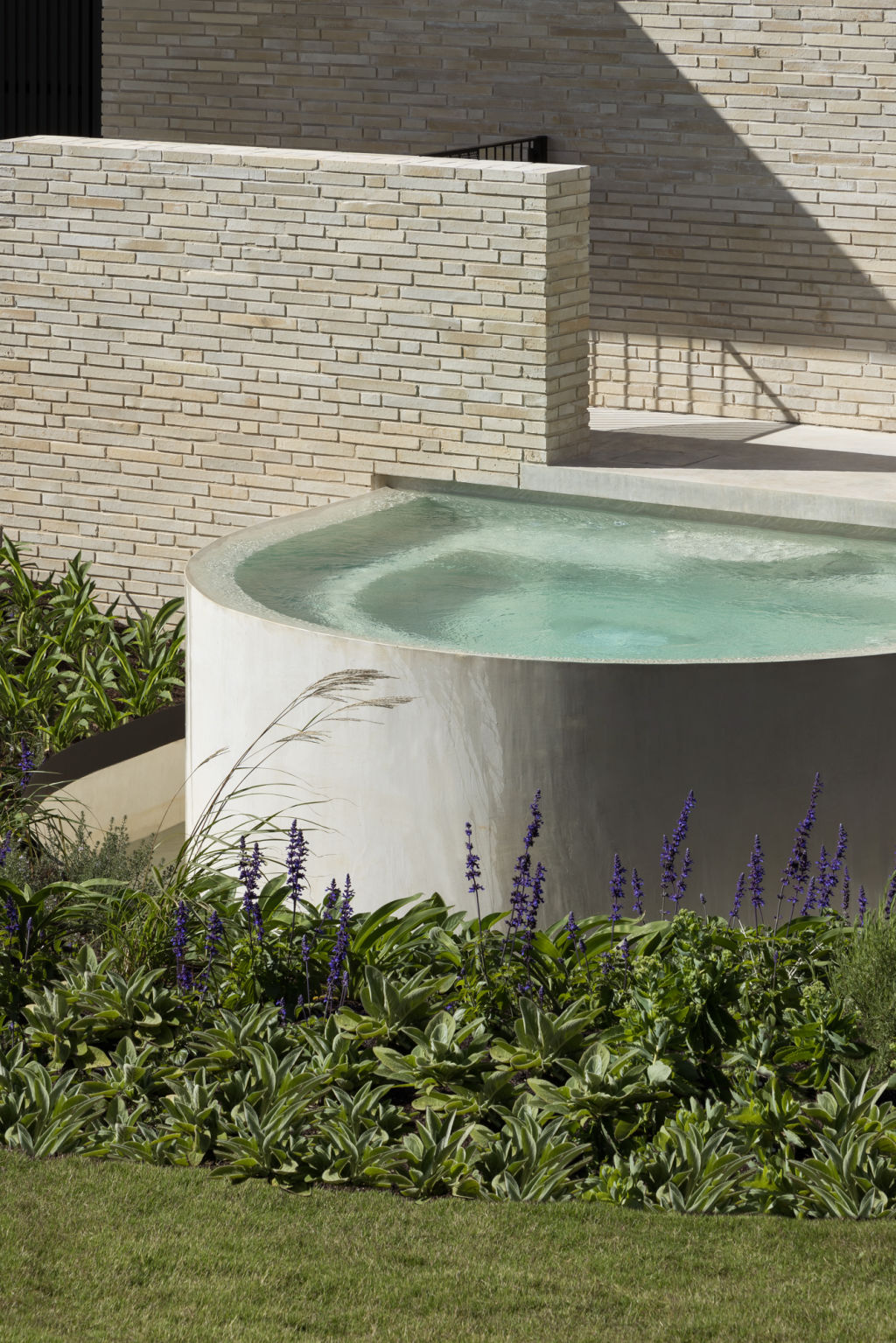
More irregularly shaped pools – like semi-circles – are appearing, reflecting the wider architectural trend of curves and arches.
In line with the wellness trend, Snaith says small pools with swim jets that allow people to improve their fitness at home, have also become “very popular”.
“Fundamentally there’s no change in aesthetics to the pool,” he says. “It’s still natural stone tile surrounds and tiled interiors. It’s just at one end you’ll have recessed jets in the wall that you can swim against.”
While pools are still mostly being tiled in greens and blues as per tradition, Burkett says porcelain tiling is being used more, which gives a natural stone feel while being durable and non-porous.
Paving and natural stone
Across the board, home owners and designers are enjoying a love affair with natural stone, including outdoor paving and tiling.
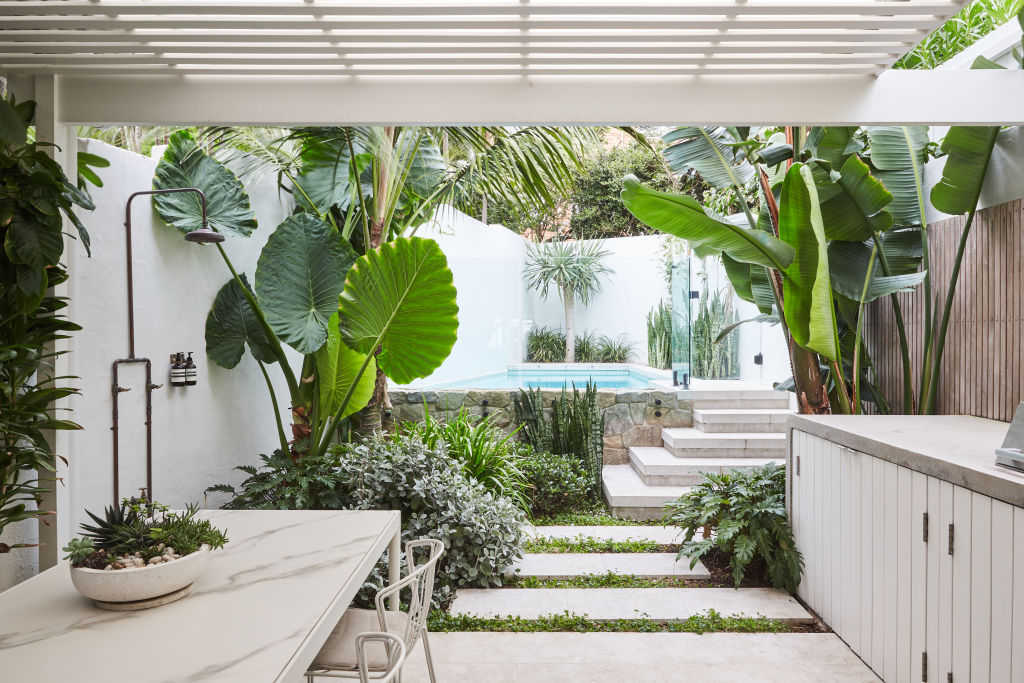
“I’m seeing less decking around,” Burkett says. “I still believe there’s a great place for decking, especially on coastal properties. But in the suburban garden there’s probably more of a preference towards paving because it is less maintenance.”
This trend includes everything from travertine, limestone, granite and terracotta to long, linear bricks, baton-style tiles, cobbles, filetti stone and crazy paving.
“Crazy-pave format or irregular format has been pretty popular,” Snaith says. “It’s a bit of a cyclical one that’s been in trend and comes back in trend. I just don’t think that style of tiling or paving really dates.”
Handmade pots built into the outdoor area
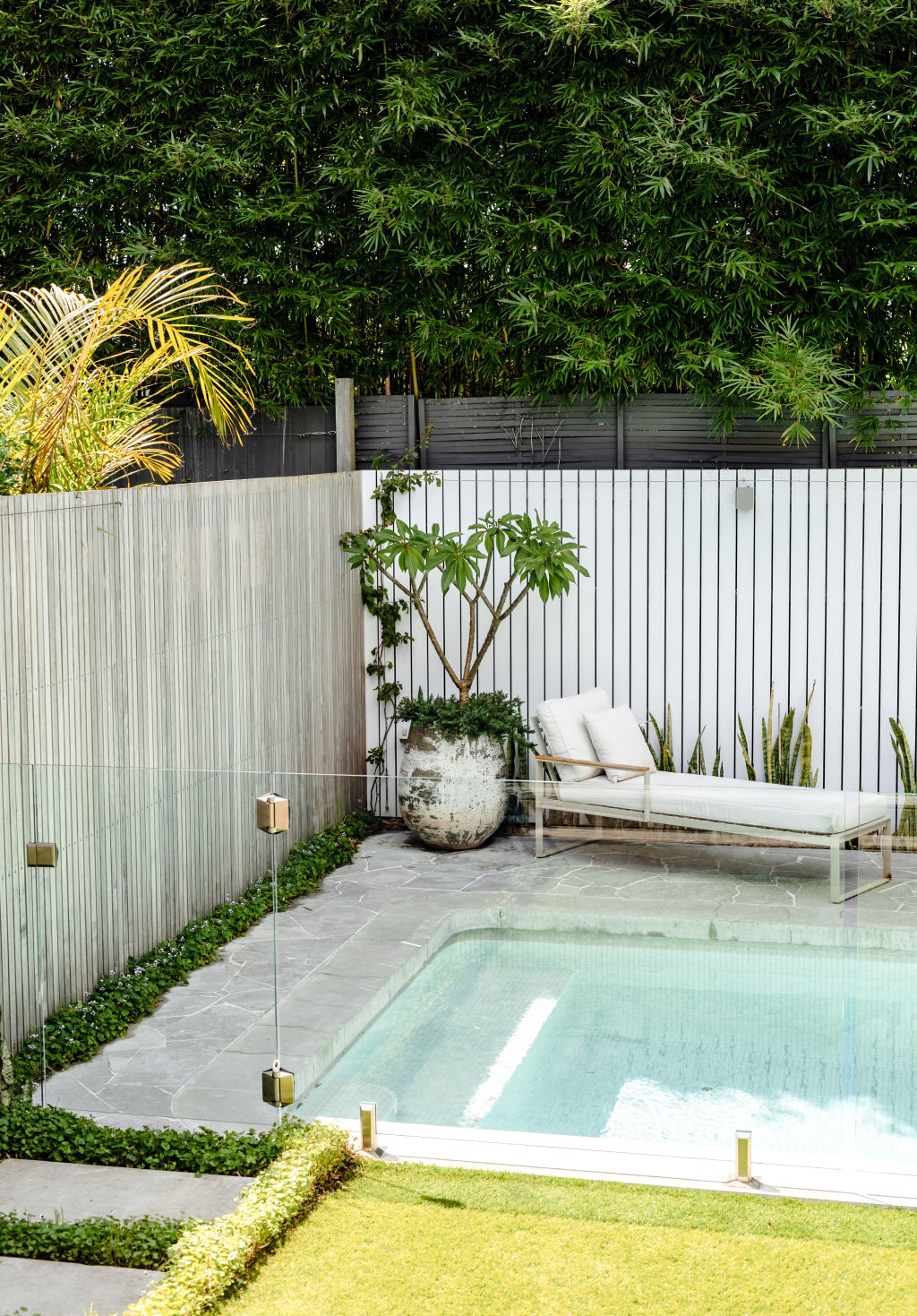
“Another trend is for really beautiful handmade pots in the garden,” Burkett says.
These aren’t regular garden pots but set up with drainage, irrigation and lighting, so they’re plumbed into the garden as a permanent fixture.
Burkett’s team uses pots from European makers such as Atelier Vierkant and Domani.
“They can really make a beautiful feature in the garden and they can really soften a paving area,” he says.
Mixed native and exotic plants

Thanks to their sustainability, native plants are unlikely to disappear from our backyards, and landscape designers are finding creative ways to combine native and exotic plants for a balanced effect.
Snaith says the grey, green and blue hues and sparseness of natives can nicely contrast with fuller tropical varieties.
His favourite native plants to use include Banksias, Westringias and wispy grasses.
In Melbourne, Burkett favours natives like Pittosporum (Miss Muffet) and Teucrium as well as exotics Stachys byzantina (Big Ear), Rhaphiolepis (Oriental Pearl), Liriodendron fastigiatum (Upright Tulip Tree) and crepe myrtle, and ornamental grasses like Calamagrostis (Karl Foerster).
Calming, earthy tones like Mocha Mousse
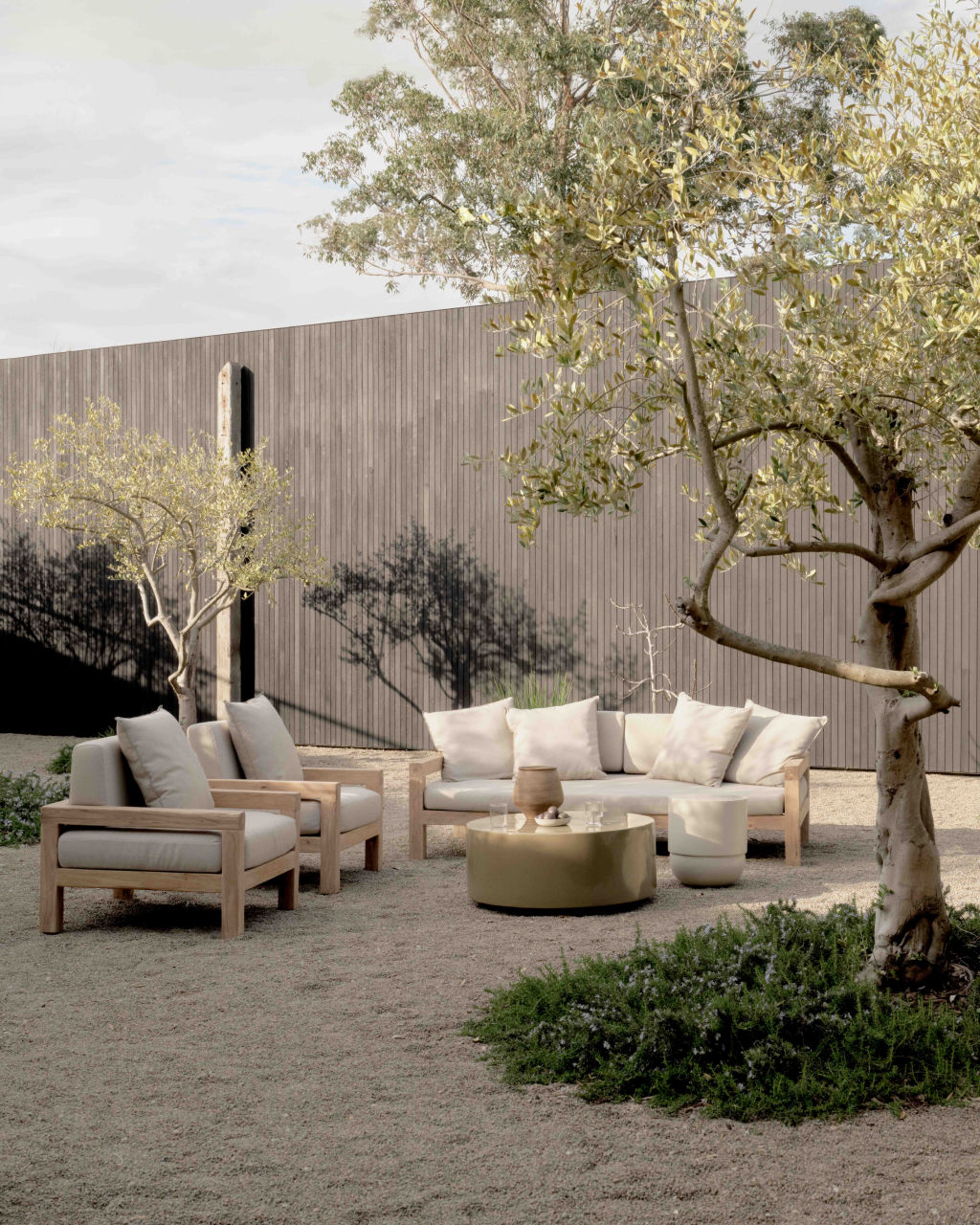
If you’ve turned your backyard into a Mediterranean sanctuary over the past couple of years, you’ll be glad to know warm, earthy tones aren’t going anywhere.
This applies to natural stone selection (including stone cladding products), paint, pots and outdoor furniture.
“We’re trying to design gardens that are timeless, and I think you do that by using earthy or natural material palettes,” Snaith says.
We recommend
We thought you might like
States
Capital Cities
Capital Cities - Rentals
Popular Areas
Allhomes
More
